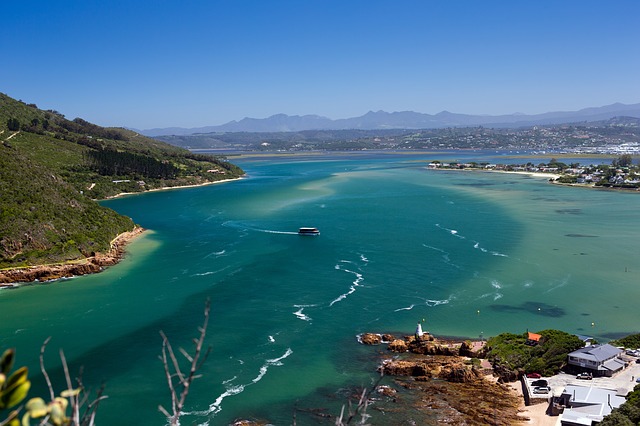Authorities in Knysna including SANParks, the Garden Route District Municipality, the Knysna Municipality, and the Breede-Gouritz Catchment Management Agency have instituted multiple interventions to probe and address sources of pollution in South Africa’s foremost biodiverse body of water, the Knysna Estuary.
SANParks continues to test the quality of water through deepwater sampling. Results show all deepwater channel sites have low E. coli levels except for the Ashmead and Thesen Island inlet, which are still non-compliant.
“The latest samples of estuary water quality, taken by Garden Route District Municipality indicate that the Ashmead Channel, Bongani, Bigai, Long Street, Station culvert and the Knysna Angling Association (KADA) culverts are non-compliant, with E. coli readings above the Department of Water Affairs acceptable limits for recreational use,” SANParks said.
The Garden Route District Municipality’s intervention with the Knysna Municipality to find the source of the oil pollution that contaminated the Waste Water Treatment Works (WWTW) is ongoing although oil was reduced considerably in the system subsequent to the introduction of an enzyme-oil-eating bacteria. Letters requesting restaurants to provide proof of their oil and fat disposal mechanisms have been completed.
Recent oil and grease tests show a drastic decrease in levels at the Municipality’s WWTW. The Municipality also removed residual oil and grease in sumps. This has brought on the subsequent recovery of the WWTW so that its functioning has improved.
A positive move by the Municipality is the replacement of screens at the WWTW. This is important for retaining solids that might cause blockages in the system and will further improve the functioning of the system. All clarifiers have recently been restored to operation.
Although the functioning of the WWTW has improved significantly, the works are subject to disturbance from any new pollutants that may enter, which may lead to subsequent pollution of the Knysna Estuary. Such pollutants include those found recently in the system such as blood, dye and oil.
Citizens and businesses are requested not to dispose of unwanted substances and materials into the sewerage system.. The “polluter pays” principle will be enacted in such cases.
Authorities will convene at a workshop within the next week to identify and understand pollutants – and their sources – going into the system from the local industrial area which could land in the estuary.
The Garden Route District Municipality continues to take E. coli samples at 14 points around the Knysna estuary. Results are posted on the Knysna Municipality’s website.
Picture: Pixabay






